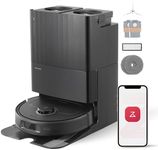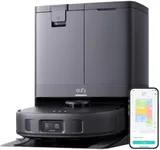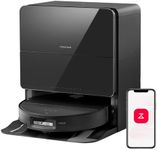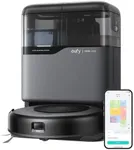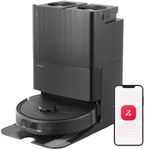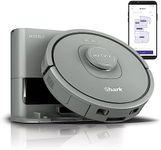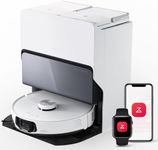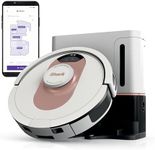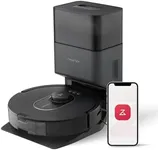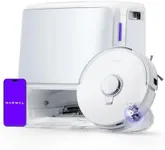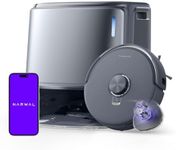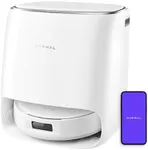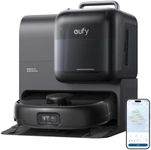Buying Guide for the Best Robot Vacuum For Pet Hair
Choosing a robot vacuum for pet hair can make life much easier for pet owners, as these devices help keep floors clean with minimal effort. The key is to find a model that can handle the unique challenges of pet hair, such as tangling, shedding, and the need for frequent cleaning. When shopping, focus on features that address these issues and consider your home's layout, floor types, and the number and type of pets you have. Understanding the main specifications will help you select a robot vacuum that fits your needs and keeps your home tidy.Suction PowerSuction power refers to how strongly the vacuum can pull in dirt, dust, and hair from your floors. This is especially important for pet owners because pet hair can get embedded in carpets and stick to hard floors. Suction power is often measured in Pascals (Pa) or sometimes described in terms like 'high' or 'turbo.' Lower suction is suitable for light cleaning and hard floors, while medium suction works for mixed surfaces. High suction is best for thick carpets and homes with heavy shedding pets. If you have multiple pets or thick carpets, prioritize higher suction to ensure effective cleaning.
Brush DesignThe brush design determines how well the vacuum can pick up pet hair and prevent it from getting tangled. There are usually two types: bristle brushes and rubber or silicone brushes. Bristle brushes can be effective but may get tangled with long hair, requiring more maintenance. Rubber or silicone brushes are better at resisting tangles and are easier to clean. If your pets shed a lot or have long hair, look for a vacuum with tangle-free or self-cleaning brush designs to reduce maintenance time.
Filtration SystemThe filtration system captures dust, dander, and allergens as the vacuum cleans. This is important for pet owners, especially if anyone in the home has allergies. Basic filters trap larger particles, while HEPA or high-efficiency filters can capture tiny allergens and fine dust. If allergies are a concern, choose a vacuum with a HEPA or similar high-grade filter to keep the air cleaner and reduce pet-related allergens.
Dustbin CapacityDustbin capacity is the size of the container that holds the collected dirt and hair. Pet hair can fill up a dustbin quickly, especially in homes with multiple or long-haired pets. Smaller bins need to be emptied more often, while larger bins can go longer between cleanings. If you have several pets or a large home, a bigger dustbin will save you time and effort.
Navigation and MappingNavigation and mapping refer to how the robot vacuum moves around your home and avoids obstacles. Basic models move randomly and may miss spots, while advanced models use sensors or cameras to map your home and clean more efficiently. If you have a complex layout, lots of furniture, or want thorough coverage, look for a vacuum with smart navigation or mapping features. This ensures the vacuum can find and clean pet hair in all areas, including under furniture.
Noise LevelNoise level is how loud the vacuum is while operating. Some pets are sensitive to noise and may be frightened by loud machines. Quieter models are less likely to disturb pets and people, making cleaning more comfortable. If your pets are easily startled or you prefer a quieter home, consider a vacuum with a lower noise rating.
Floor Type CompatibilityFloor type compatibility means how well the vacuum works on different surfaces, such as hardwood, tile, or carpet. Some vacuums are better suited for hard floors, while others can handle thick carpets. If your home has a mix of surfaces, look for a vacuum that automatically adjusts or is rated for multiple floor types to ensure it can pick up pet hair everywhere.
